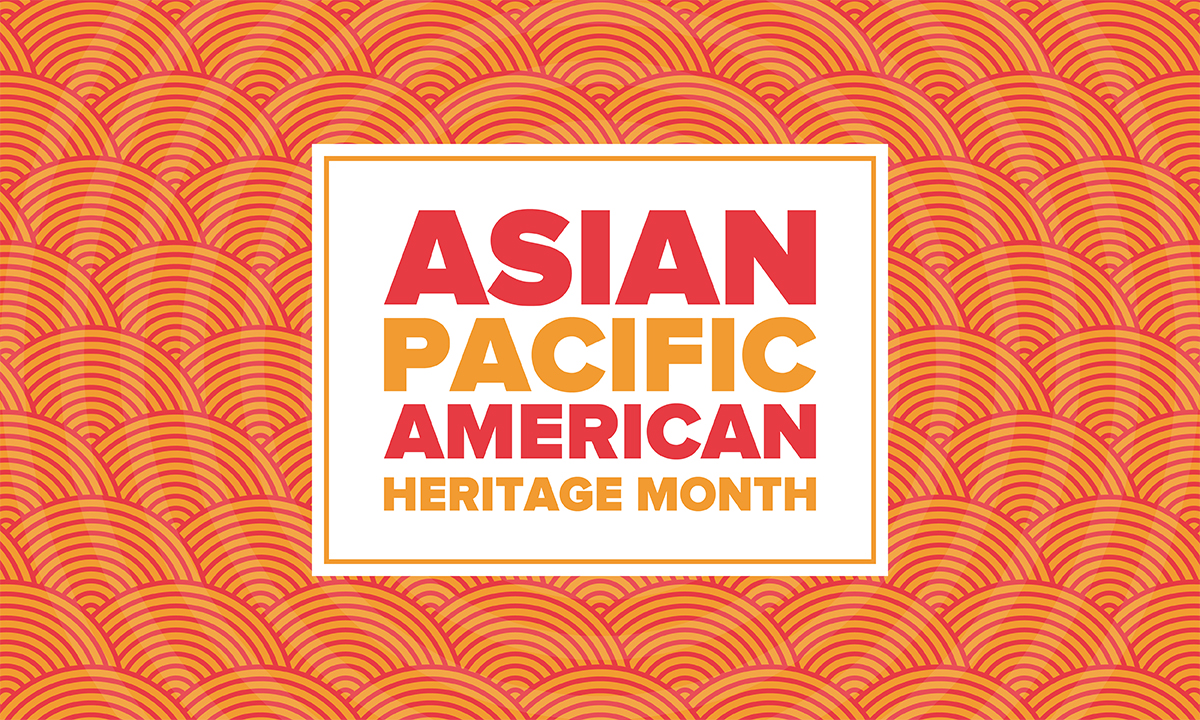Despite the widespread success and acclaim of films and television shows such as “Everything Everywhere All At Once,” “Beef,” “Squid Game,” “The Summer I Turned Pretty” and more in recent years, Asian Americans and Pacific Islander (AAPI) representation both in front of and behind the camera continues to lag — but career technical education pathways can help empower youth to tell their stories.
In Desert Hot Springs High School, located in Palm Springs Unified School District, students enrolled in the Video Production CTE pathway engage in projects and lessons that aim to celebrate diversity and challenge the issues students face, all while preparing them for myriad career opportunities, teacher Jamie O’Neil said.
“It’s important to me for them to see diversity,” she explained. “So, especially in the first year, I show them a lot of videos so that they’re not hearing everything from me. I make an effort for students to see people that look like them.”
The video production pathway consists of four levels meant to provide students with the educational background and practical experience necessary for entry-level positions in television broadcasting, film and video production. A combination of instruction and practical experience helps students to understand topics like single and multiple camera production, film and video production, imaging, lighting, editing, sound and scripting.
First-year students do a little bit of everything, and in their second year, students begin to hone their skills in their preferred area. Third- and fourth-year students pivot on broadcast journalism, meeting deadlines, producing stories in the studio, running the equipment, directing and helping train the incoming student journalists.
Lessons in diversity
O’Neil has assigned projects this year that she expects will provide her students an opportunity to challenge the narratives and harmful experiences they encounter by sharing their stories and those of their peers. Students produced a series on microaggressions, called Microaggressions 101.
Microaggressions are commonplace verbal, behavioral or environmental slights, whether intentional or unintentional, that convey hostile, derogatory or negative attitudes toward stigmatized or culturally marginalized groups.
Several students of color were given a sheet with different microaggressions and asked to highlight the ones that they found happened most often to them on campus. That list was narrowed down to the top seven or eight, and different groups of students chose which they’d like to use for their project. “We did a series of brief microaggression skits that demonstrate what was said, and in then the same situation, what was meant, and then what was heard by the other person,” O’Neil said. The videos are being shared on the school’s broadcast. The first is available to watch now.
For their final, in line with the Microaggressions 101 project, students will complete a larger project called Sticks and Stones. Students will take a series of photographs of people holding a whiteboard or a small poster with a comment they’ve heard that hurt, and interview others about their own experiences dealing with microaggressions.
O’Neil said she hopes these types of projects will strike the balance between tokenizing youth and diversifying enrollment in the course. “I want to have more diversity in the class, but I’m not sure how to do that without reaching out and saying, ‘I really need more people of color to be in this class,’” she said. “That will be another subtle outreach project that will at least send a message that, here in the journalism class, we do care about diversity. And I won’t be sharing it, my students will.”
Career preparation
Recent research has found that, while still low, streaming boasts twice the AAPI representation of broadcast and three times that of cable programs. However, CTE pathways like that at Desert Hot Springs High often prepare students for more than one career opportunity. In this case, not every graduate is going to work in Hollywood, but they’ll be prepared to follow their interests no matter where they lead.
“I still believe journalism has power, I still believe in old-fashioned ethical journalism, and I know that it can make an impact and empower those students because they learn soft skills, they learn so many technical skills — I always tell my students if they can latch on to one of those skills, it can take them a long way,” O’Neil said.
For instance, she noted that while many children want to be professional athletes when they grow up, it’s statistically unlikely. However, if they love sports and if they’re knowledgeable, there’s no reason they can’t be the next Pablo S. Torre, Mina Kimes or Joon Lee — writing and/or commenting on various sports for major outlets including ESPN.
“They could be out there on the field filming, they could be a reporter talking to the athletes — for heaven’s sake, they could do sound! I have a friend who won an Emmy for doing sound at football games,” O’Neil said. “There are so many ways to go, and I think it can be very empowering, not only having the power of the pen at your fingertips and being able to sway public opinion, but also in being able to talk to people and present yourself well, which is in some ways more important than the technical skills.
“I think it’s important that we’re educating students for different careers, and diversity is really important — it’s really important to me,” she continued. “I hope that’s the direction education is moving in. I hope that we go that way and people become a little more accepting.”





